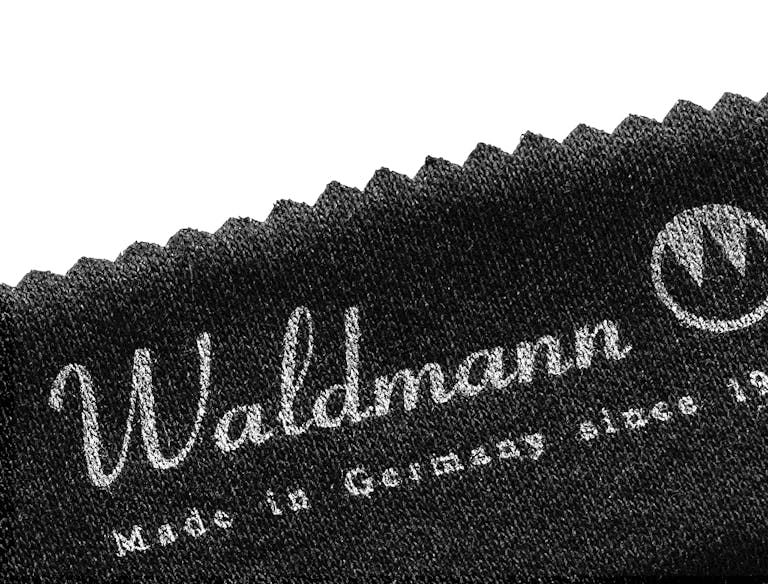
The reason for the tarnishing of silver is that the chemical element of silver reacts with hydrogen sulfide, which occurs naturally in the air. This produces silver sulphate on the surface of the silver. The silver sulfide discolours and gives a typical black iridescent silver discolouration. This process is called sulfur, in technical terms.
Over time, especially if a silver object is unused or free in the air – central heating air warmer than in summer - it first becomes slightly golden, then brownish and finally dark to black. Over the years, silver sulphide can develop into a thick layer. The more advanced this process is, the more difficult it is to remove the discoloration from the surface. By the way, not only is this process responsible for the discoloration of silver, but also perfumes, fragrances, skin creams, persiration and hairspray can cause or accelerate this. Thus the oxidation of silver is not a question of quality, but a normal chemical reaction.
Practice shows that sealing the surface with transparent special lacquers or a galvanised protective layer; does not last very long, although some manufacturers promise it again and again.
Almost every person who owns silver usually has their own recipe,their personal favourite remedy to maintain their silver treasures and to preserve colour and shine. Also on the Internet and in "analog" sources you can find numerous possibilities and suggestions.
Our recommendations for cleaning solid silver are as follows:
The simplest solution to avoid silver tarnishing is “Grandma's“ advice: "Silver you have to use it or clean it".
By constantly touching a silver object, the silver sulfide cannot build up on the silver surface and thus no discolouration of the silver occurs.
For slight discolorations it is sufficient to rub the silver with a silver cleaning cloth to make it shine again. Every Waldmann writing instrument includes such a silver cleaning cloth.
Strong discolorations can be removed with special silver polish.
Each manufacturer adds a recommendation for use to his cleaning product.
First we recommend to take a soft cotton cloth and apply a drop of the cleansing polish onto it. Then rub the oxidized silver object with the cleaning agent. The pink or white polish( depending on the brand) immediately turns greyish - but don't let that put you off,
Spread the cleansing polish over the entire surface to be cleaned. Then take a second, fresh cotton cloth and remove the greyish discoloured cleansing polish. Depending on the intensity of the discoloration of the silver, repeat the above procedure until the silver surface shines again. Finally, we recommend polishing the cleaned silver again with a silver cleaning cloth. A invisible protective lotion in the silver cleaning cloth then covers the silver and helps to delay the oxidation process during storage and non-use of the silver product.
If you want to store the freshly cleaned silver object, it is advisable to put it in a drawer and wrap it in sulfur-free velvet or acid free tissue paper. This protects the silver from getting into contact with hydrogen sulfide from the air.
If you do not intend to use the silver product for a longer period of time, then add a piece of chalk. It removes moisture from the air and protects the silver from tarnishing. To protect your hands, we recommend that you wear cotton or disposable rubber/latex gloves on both hands for the cleaning process. This is firstly to protect your hands but also to avoid the cleaned silver object coming into contact with the bare hands.